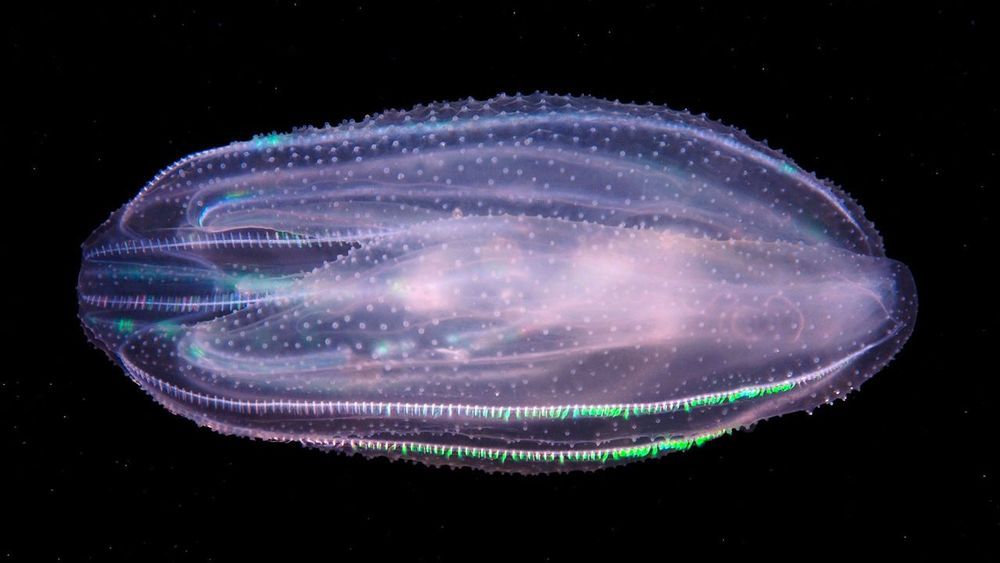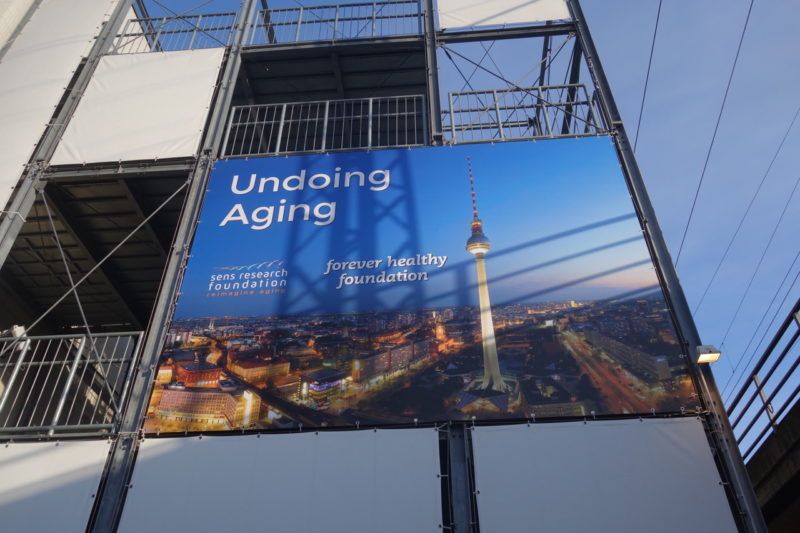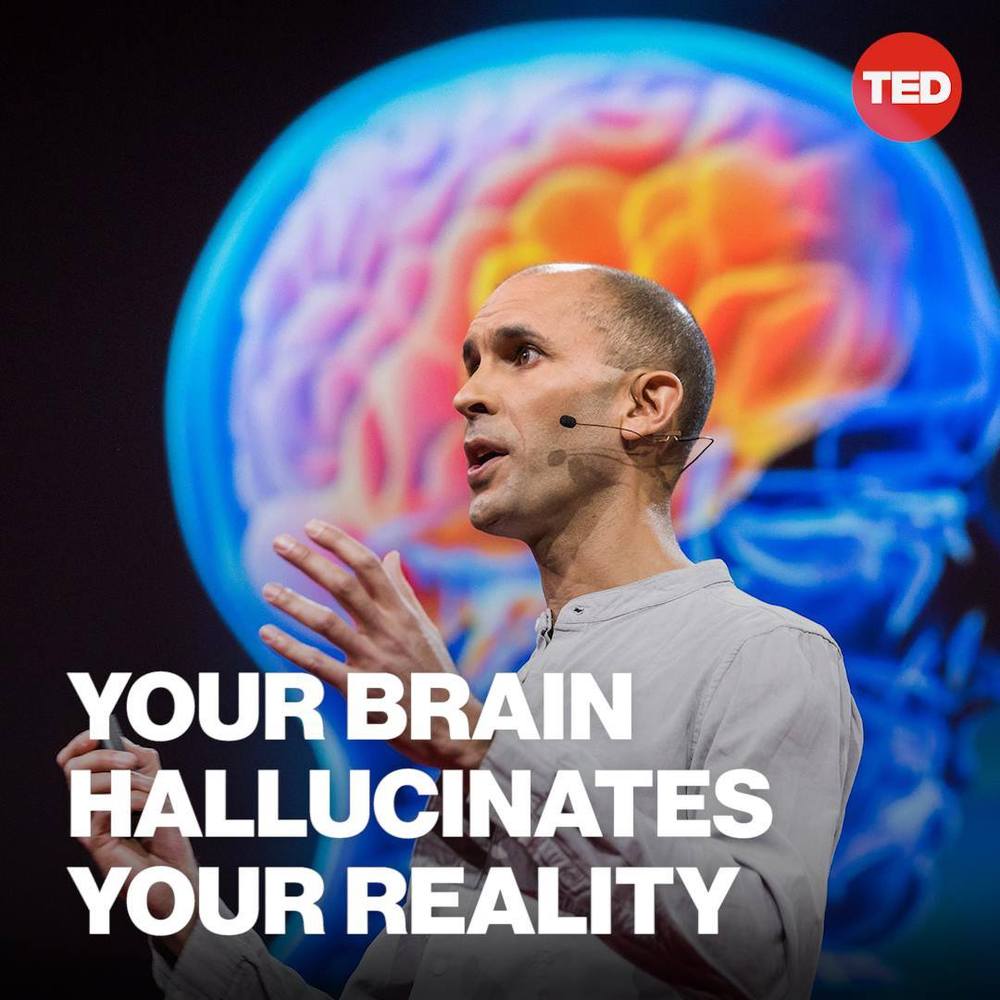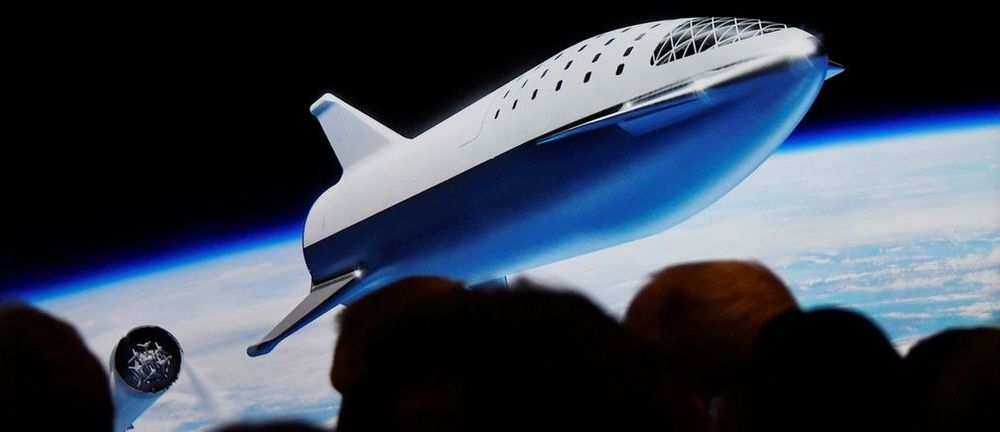Studies of jelly embryos suggest a single ancient origin of the nervous system from secretory cells.
As the new year begins, we approach one of the most awaited life extension events of 2019: the Undoing Aging conference.
Starting off with a success
The Undoing Aging conference series started off in 2018, with the first being held in Berlin, Germany, in mid-March. Especially when you consider that UA2018 was the inaugural event of the series, it was extremely successful; the three-day conference organized by SENS Research Foundation (SRF) and Forever Healthy Foundation (FHF) brought together many of the most illustrious experts in the fields of aging research, biotechnology, regenerative medicine, AI for drug discovery, advocacy and policy, and business and investment.
We’re all hallucinating all the time. When we agree about our hallucinations, we call it “reality.”
Watch the full TED Talk here: http://bit.ly/2LiHAXo
Isaac Asimov was one the world’s most celebrated and prolific science fiction writers, having written or edited more than 500 books over his four-decade career. The Russian-born writer was famous for penning hard science fiction in his books, such as that in I, Robot, Foundation and Nightfall. Naturally, his work contained many predictions about the future of society and technology.
We’re not living in space, but the Russian science-fiction author foresaw the rise of intelligent machines and the disruption of the digital age.
LEAF writer Nicola Bagalà considers whether living past 40 is fundamentally different from living past 80.
Imagine this scene: you, a life extension supporter, are with a group of people talking about this and that, and, at one point, the opportunity to mention life extension presents itself. You expect people to react to it with “Yay! Longer life in good health! No more aging!” but reality doesn’t quite match up to your expectations; rather, all you get is the frustration of looking at how everyone nods approvingly when somebody puts on a great philosopher’s hat and asks rhetorically: “Would it really make us happier if we could live to 150?” Boy, is that ever irritating.
Actually, it isn’t really the specific question per se that is irritating—basically, whether living much longer than the current average would bring us more happiness—but rather that nobody ever asks whether living to 80 years old, for example, would make you any happier than you would be if you lived to only 40. If the first question is legitimate, the second one should be as well, and, by induction, you could work your way down to zero and ask whether being born makes you any happier than not being born. (Arguably, it doesn’t—babies inside the womb are generally quite peaceful and blessed looking, which is more than can be said of their mood once they pop out, but few people would agree that this is a good reason to abort each and every fetus.)
Maybe it is somehow established that living to 80 is sure to bring more joy than checking out at 40? Maybe it is equally well proved that living to 150 doesn’t make you any happier than hopping off the life train at 80? (Hardly—I don’t know of any 150-year-olds complaining about it, and neither do you.)
Measured against that boom—one of the most impressive periods of scientific achievement in human history—China’s new hardware, grand as it often is, falls a bit short. It has been catching up, not forging ahead. It has not been a beacon for scientists elsewhere. And far from benefiting from a culture of free inquiry, Chinese science takes place under the beady eye of a Communist Party and government which want the fruits of science but are not always comfortable about the untrammelled flow of information and the spirit of doubt and critical scepticism from which they normally grow.
The hypothesis that scientific greatness requires freedom of thought is about to be tested.









